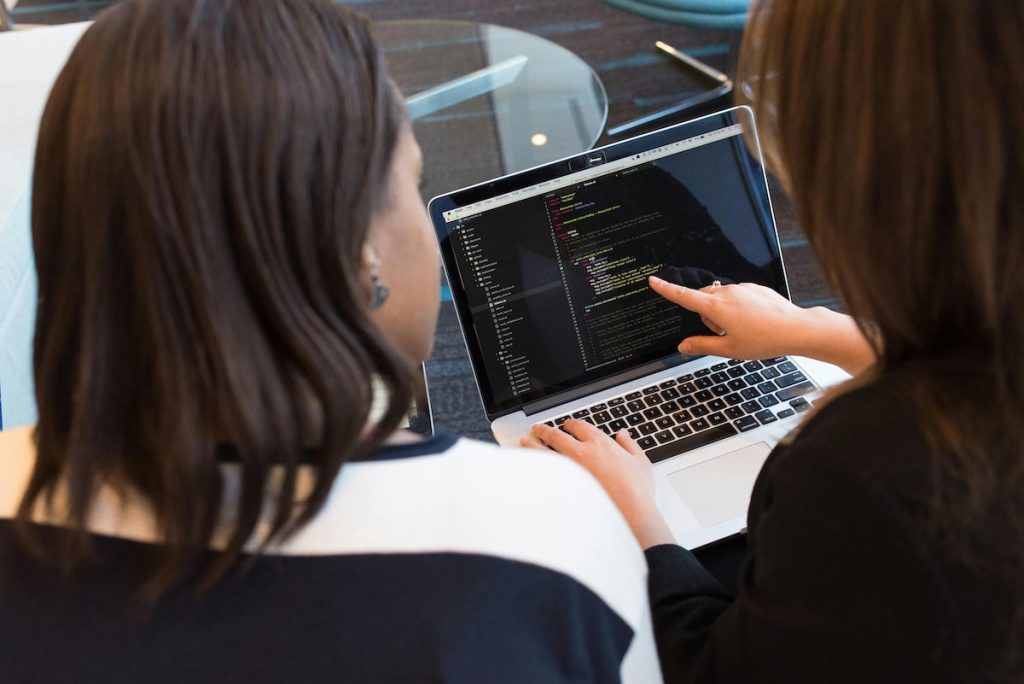
On average, BenQ estimates that programmers spend upwards of 10 hours in front of a screen every day. From coding and debugging to collaborations and meetings, a programmer spends the bulk of their day glued to a monitor or digital device. Unfortunately, while this is part and parcel of the job, it can result in significant health issues. Chief among these have to do with the eyes.
According to ocular wellness experts, such as the American Optometric Association (AOA), excessive screen time can result in the development of computer vision syndrome. Also called digital eye strain (DES), this is a group of eye and vision problems that are primarily triggered by the visual demands of prolonged screen exposure. This can result in a myriad of complications, ranging from blurred vision to sleep issues and headaches. Naturally, for a programmer whose day is dependent on screens, having such issues can drastically impact your productivity and performance. One of the most effective ways to prevent this is by minimizing the exposure to the potentially harmful blue light that screens emit.
Read on to find out more about how blue light impacts and how to safeguard yourself from it.
What’s the deal with blue light?
Blue light refers to a part of the light spectrum that’s visible to the human eye. Contrary to popular belief, blue light comes from both artificial and natural sources. This means that apart from the more talked-about emissions from gadgets, the sun is actually the largest source of this light spectrum. Generally, the human body needs blue light in order to help regulate key bodily processes, such as mood regulation and the circadian rhythm. However, too much of it can cause their systems to deregulate, leading to broader issues like fatigue and cellular degradation. Today, the eyes are among the most exposed to this light, given that they’re the key organs used to interact with blue light-emitting sources. Over time, this won’t just cause DES but can also trigger other problems like retinal degradation.
How to protect yourself from blue light
Use protective eyewear
Just as googles in labs and safety specs in construction sites are musts, protective eyewear specifically designed for blue light is necessary in settings where excessive screen time is unavoidable. Available with and without prescriptions, dedicated blue light glasses are coated with special filters that are meant for long-term use. As seen on Clearly, these filters are cleverly designed to only block out potentially harmful blue-violet light between 400 and 455nm from the broader blue light spectrum. As such, the blue-turquoise light that delivers the aforementioned sleep and mood regulation can still enter and benefit the body. Since they are worn directly on the body, these glasses ensure more consistent protection, which is great for programmers who may often have to switch between devices. That said, if the project you’re working on requires acute color perception, it’s worth noting that these glasses do have a slight yellow tint that may leave hues looking a little warmer.
Invest in a high-quality monitor
On most monitors, it’s up to you to apply your own eye care settings. For instance, you’ll have to enable dark mode in VLC if you want to reduce straining in low-light environments. Of course, this can be tiresome after long days and if you have a lot of applications. On the flip side, a high-quality monitor specially designed for programming can help make these eye-focused adjustments for you. For example, the programming monitor series from BenQ ensures the user’s comfort through long stretches of screen time. Apart from having anti-radiation and anti-reflective features as part of their EyeCare technology, each monitor also has auto-brightness adjustment. All of this helps make coding less visually strenuous, which means that work hours can be more efficient and less likely to drag on. Because these monitors are also kinder on the eyes, they’re less likely to be fatigued and more vulnerable to the effects of blue light exposure.
Try a light therapy desk lamp
By nature, programming can be challenging because it demands technical and creative specializations. As a result, many professionals may find themselves stressed and burned out. When these emotional and mental roadblocks happen, they can drag out work hours, thereby increasing overall screen time. Unfortunately, as mentioned above, too much blue light can lead to further mood fluctuations, and so begins a toxic cycle. One way to prevent your moods from impacting your screen time and well-being is via light therapy lamps. Usually called seasonal affective disorder (SAD) therapy lamps, these emit medium to higher intensity mid-spectrum lumination to help stabilize Vitamin D production. Studies have shown that there is a link between this vitamin and mood regulation. Consequently, you may find that using this light therapy lamp can help boost serotonin in the brain. Alternatively, if you’re somebody who doesn’t have a dedicated workspace or is trying to save desk space, you could opt for a clip-on variant, like those from Seaborough. These are not much bigger than an external webcam, but they can still help you stay on top of your wellness.